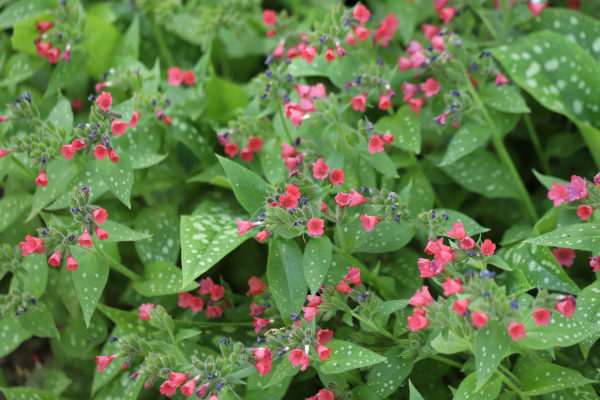How to grow Pulmonaria
This member of the borage family contains around 14 species of either evergreen or perennial low growing perennial. It is grown for its early flowers (often amongst the first perennials of the year to bloom), which come in a variety of shades of pink, purple, blue, red, and white. As well as early colour, these provide a good source of nectar for pollinators at a time of otherwise scarcity. It has hairy leaves which are usually spotted with white or silver, this feature often at its most pronounced and attractive on the ‘summer leaves’ produced after flowering.
Pulmonaria is also known by the common name of ‘lungwort’, and for centuries was used to treat lung ailments.
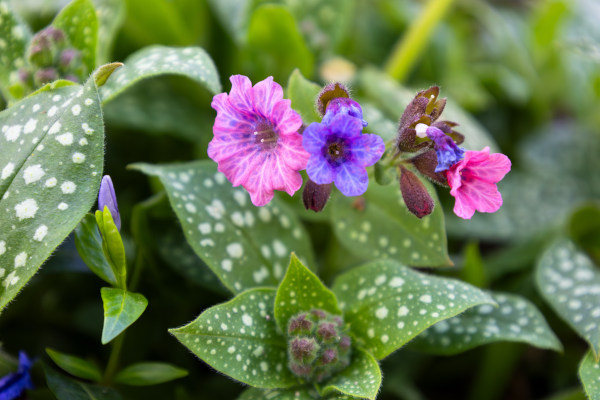
Zantedeschia is a genus of flowering plants from the family Araceae and is native to southern Africa. With a rich history dating back to the Ancient Romans, these deciduous or semi-evergreen perennials have been used as a symbol of celebration. Zantedeschia was Named after Professor Giovanni Zantedeschia, an Italian botanist.
There are two main forms of Zantedeschia: hardy and tender. Hardy forms of the plant can be grown outdoors, enjoy moist soil and full sun or partially shaded conditions - these are known as Arum lilies. Tender forms of Zantedeschia prefer being grown in containers or pots and should be brought inside over the winter - these are known as Calla lilies.
With tuberous flora in all colours from whites, yellows and oranges to deep reds and purples, Zantedeschias are not to be overlooked in any garden, as long as they have sufficient sunlight to grow in.
Ready to learn more about growing Zantedeschia? Read on for all there is to know...

Key Information
Soil pH
Position
Hardiness

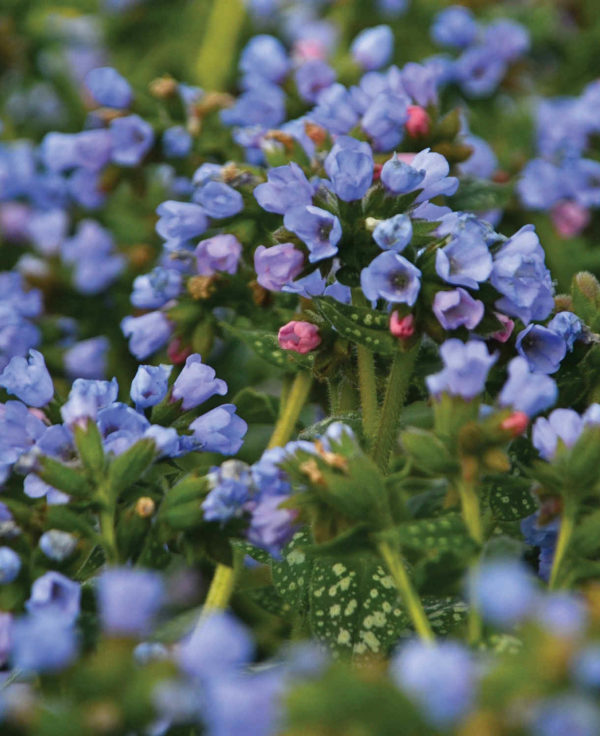
Where & when to plant Pulmonaria
Position - Partial to full shade, though Pulmonaria officinalis will also tolerate full sun if it is kept moist.
Soil - Reliably moist but not waterlogged
Flowering Period - Late winter to spring
Hardiness - Hardy
For best results, plant in autumn or spring. An autumn planting can be done by those gardening in mild conditions (and broadly speaking, this is the southern half of the UK). For those liable to cold winters, it is best to wait until spring (generally the northern half of the UK). Planting can also be carried out in summer, though be prepared to water regularly.
Pulmonaria makes excellent groundcover for a moist, shady spot, where it does a sterling job of suppressing weeds. Use in a woodland garden, wild garden, or the front of a border, avoiding anywhere prone to drought or waterlogging.
Pulmonaria can also be grown in a container, providing it is kept well-watered and in a shady, sheltered spot.
How to plant Pulmonaria
In the ground
- Clear the chosen area of weeds.
- Dig a planting hole several times larger than the root ball, mixing in plenty of well-rotted organic matter.
- Place the plant in the hole, ensuring the top of the root ball sits level with the surface of the soil. Too low and the plant may rot, too high and the roots can dry out.
- Backfill with soil and firm in gently.
- Soak well with water.
- Mulch around the base with well-rotted organic matter.
In a container
- Choose an appropriate container, ensuring there are plenty of drainage holes.
- It can be worth potting up large containers in situ to save yourself the trouble of moving once full.
- Use a good quality potting compost with a little horticultural grit mixed in, and, if not already present in the compost (check the description on the bag) some slow-release plant food.
- Start by partially filling the pot with compost; enough so that when placed on it the upper surface of the root ball is about 3cm lower than the top of the pot.
- Infill all the space surrounding the root ball with compost, firming down with your fingers then adding a little more so the plant is held tight.
- Pick up the pot (if you can!) and lightly tap on the potting bench or ground a few times to help further settle the compost around the plant.
- Soak well with water.
- A mulch with horticultural grit will look attractive and help to prevent a ‘cap’ or crust forming on the top of the compost (something container plants can suffer due to the artificial nature of their watering).
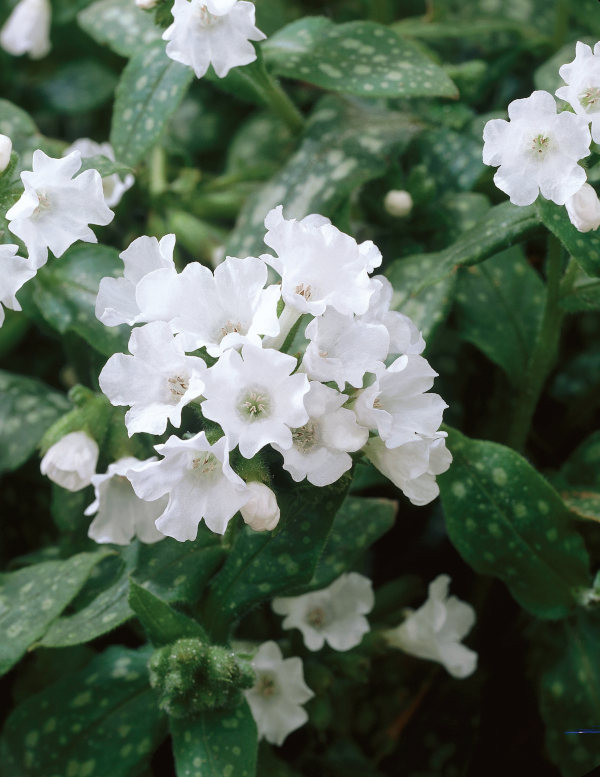
What to plant with Pulmonaria
For a feast of early colour, combine pulmonaria with helleborus, Cyclamen coum, erythronium, narcissus, and galanthus. Alternatively, for a more pared back, simple display, try pairing just with ferns; their fresh, green foliage will emerge around the same time as pulmonaria starts to bloom.
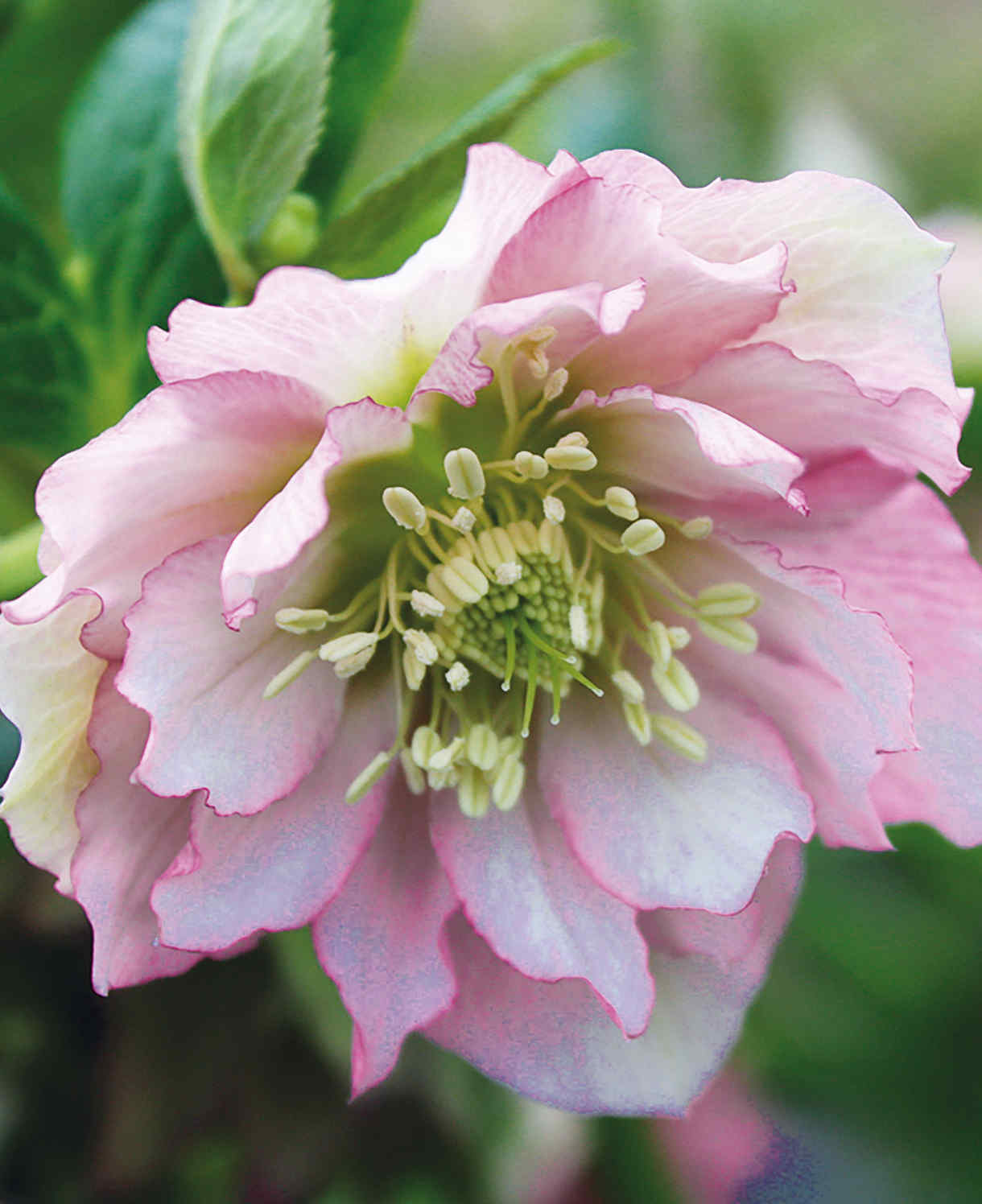
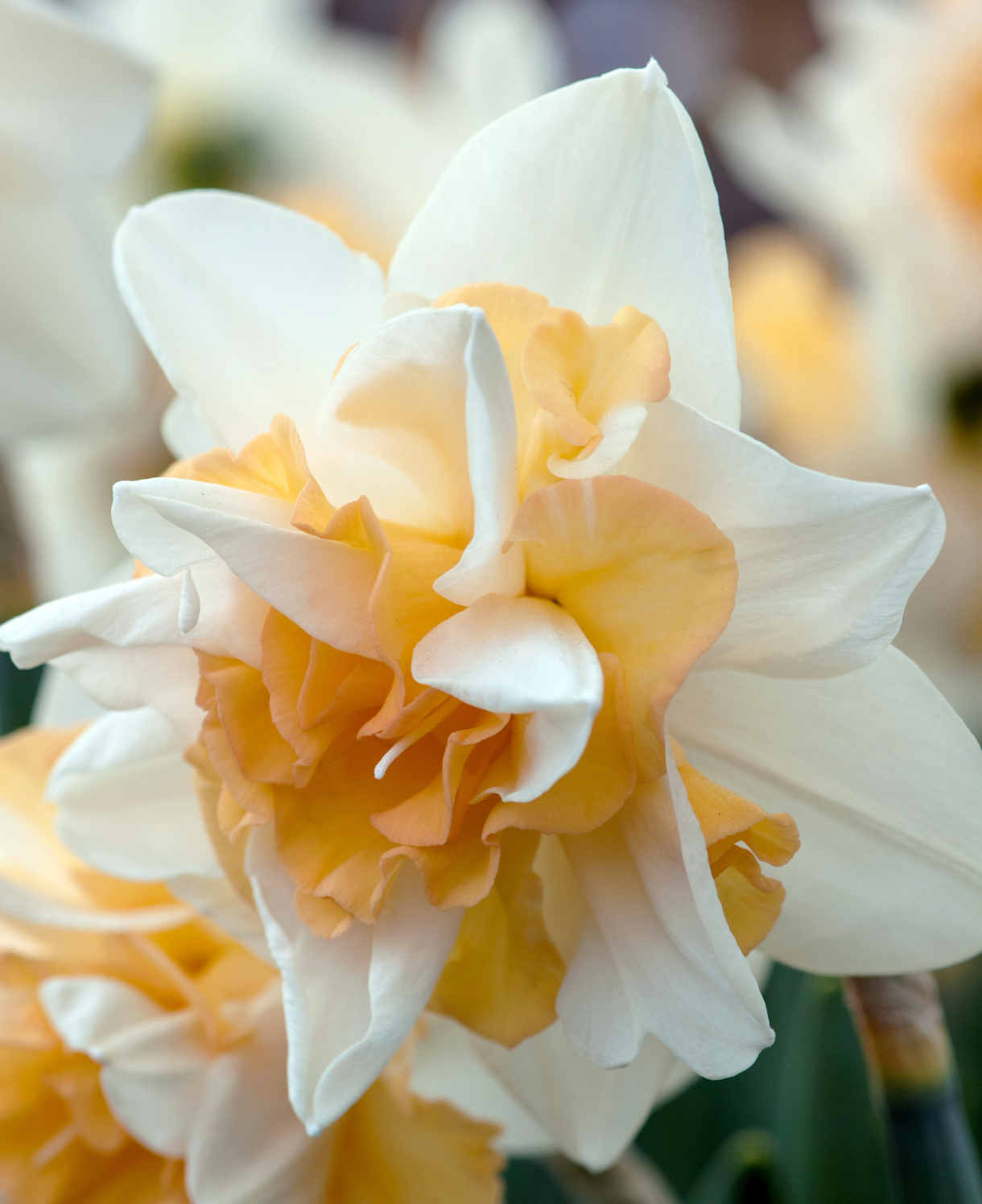

How to care for Pulmonaria
Pruning and Deadheading
Pulmonaria will self-seed freely, so if this is not wanted deadhead immediately after flowering. Note that pulmonaria hybridises readily, meaning seedlings will rarely come true to the parent plant.
The withered foliage of deciduous species can be tidied away in autumn, while evergreen species can be kept tidy with a hard prune in spring. Water and feed with a slow-release fertiliser and they will soon grow back with a renewed freshness and vigour.
It is worth noting that evergreen species can be semi-evergreen in cold regions.
Watering
Pulmonaria prefers to be kept consistently moist, so water well until established and then throughout any hot, dry spells thereafter.
Container-grown pulmonaria requires regular watering and should not be allowed to dry out.
Cold Protection
Pulmonaria is very hardy and, given the right conditions, should come through any UK winter easily without the need for protection.
Pests and Diseases
Pulmonaria occasionally suffers from powdery mildew. This occurs when the plants are exposed to dry conditions and can therefore avoided by ensuring a consistent level of moisture (see ‘Watering’ section above). To manage outbreaks, remove and dispose of any affected foliage as soon as you can, and feed with a high potash feed to help toughen growth.
How to propagate Pulmonaria
Pulmonaria tends to be a short-lived perennial, and we advise you lift and divide existing plants every three to five years. Not only does this provide new plants, but it also renews the vigour and therefore extends the life of existing clumps. Division can be done in spring after flowering, or in autumn.
- Choose a day when the soil is not frozen or waterlogged.
- Dig the plant out of the ground.
- Shake off any excess soil.
- Separate the plant into sections using either swift, cutting blows with a sharp spade, or two forks inserted back-to-back with tines touching, handles then pushed together to prise the plant apart.
- Discard old, damaged, or surplus pieces, keeping healthy, vigorous material.
- Replant decent-sized pieces where desired, and any smaller bits can be potted up.
- Water well until fully established.
Common Pulmonaria questions
Is pulmonaria a shade plant?
Indeed, it is. All pulmonaria species are happy in partial to full shade. P. officinalis will also tolerate full sun providing the soil remains moist.
Can pulmonaria be grown indoors?
Pulmonaria is an outdoor plant, and grows best in the light levels, humidity, temperatures, and air flow which are naturally found outside. We would therefore not recommend pulmonaria as a houseplant.
A temporary spell inside during the flowering period won’t hurt, though do make sure you move plants back outside as soon as possible.
Is pulmonaria easy to grow?
Provided you can offer the consistently moist, shady conditions pulmonaria enjoys, it tends to have a robust approach to life and will thrive with the minimum of fuss.
